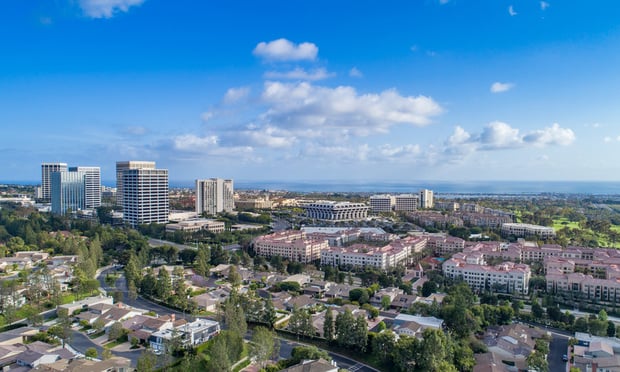 Grocery-anchored retail centers continue to be the favored asset class for retail investors. While the retail market has evolved and changed this cycle, grocery-anchored retail has maintained low cap rates and increasing prices. Grocery-anchored retail centers are daily needs and are considered more Internet resistant than other retail types, making them particularly popular this cycle.
Grocery-anchored retail centers continue to be the favored asset class for retail investors. While the retail market has evolved and changed this cycle, grocery-anchored retail has maintained low cap rates and increasing prices. Grocery-anchored retail centers are daily needs and are considered more Internet resistant than other retail types, making them particularly popular this cycle.
“We've seen interest continue to increase due to the lack of available supply of high-quality grocery-anchored properties on the market,” Kirk Brummer, director at CBRE's national retail partners west group, tells GlobeSt.com. “High-performing grocery-anchored centers have been a staple in every real estate cycle—their ability to withstand economic downturns and to generate consistent cash flow growth.”
While the retail market has been struggling this cycle—with many retail centers struggling to compete with ecommerce—cap rates have increased. However, cap rates for grocery-anchored retail product have trended downward while pricing has continued to grow. “While cap rates have increased over the past year for big-box-anchored centers, high-performing grocery-anchored centers have maintained their low cap rates and strong pricing,” Brummer says.
Recommended For You
Want to continue reading?
Become a Free ALM Digital Reader.
Once you are an ALM Digital Member, you’ll receive:
- Breaking commercial real estate news and analysis, on-site and via our newsletters and custom alerts
- Educational webcasts, white papers, and ebooks from industry thought leaders
- Critical coverage of the property casualty insurance and financial advisory markets on our other ALM sites, PropertyCasualty360 and ThinkAdvisor
Already have an account? Sign In Now
*May exclude premium content© 2025 ALM Global, LLC, All Rights Reserved. Request academic re-use from www.copyright.com. All other uses, submit a request to [email protected]. For more information visit Asset & Logo Licensing.








